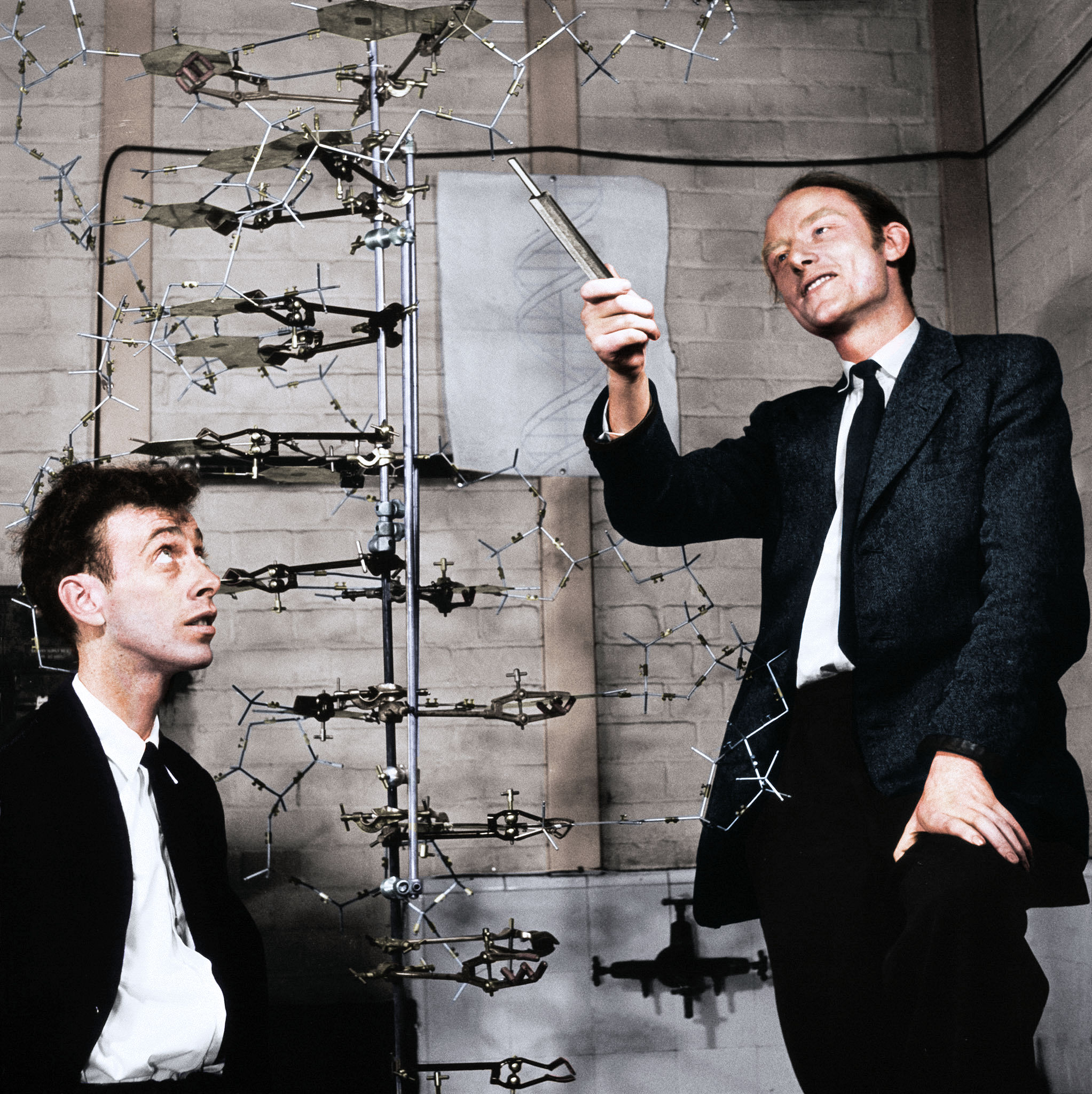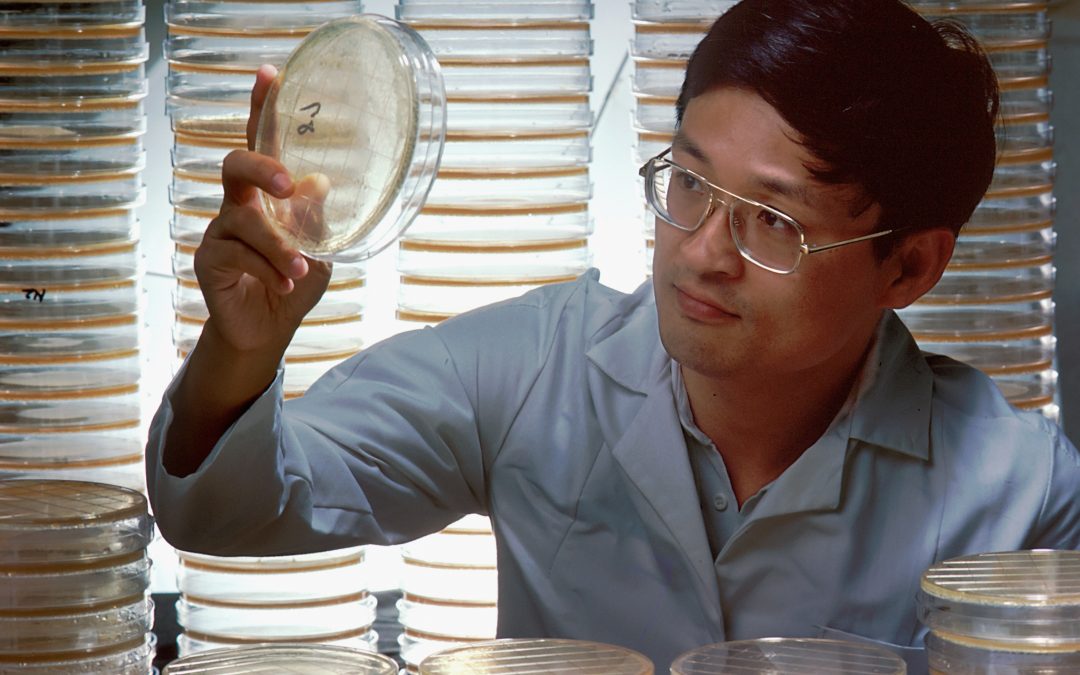
SPR (Surface Plasmon Resonance) technology
Working Principle:
SPR is based on the principle of the excitation of surface plasmons, which are collective oscillations of free electrons that occur at the interface between a thin metal film (usually gold or silver) and a dielectric medium (typically glass or prism). When polarized light, such as laser light, is directed onto the metal surface at a specific angle known as the resonance angle, surface plasmons are excited, leading to a decrease in reflected light intensity.
When molecules bind to the metal surface, the local refractive index changes, altering the resonance condition and causing a shift in the angle of minimum light reflection. By monitoring this shift in real-time, researchers can quantitatively measure the interactions between molecules immobilized on the metal surface and those present in the surrounding solution.
Application in Biomedical Research:
SPR technology is widely used in the field of biomedical research to investigate a variety of biomolecular interactions. Some of the key applications include:
Protein-Protein Interactions: Researchers can study the binding interactions between proteins, determining their kinetics, affinities, and specificity. This information is crucial for understanding signaling pathways, enzymatic reactions, and protein-protein interactions in disease processes.
Protein-Ligand Interactions: SPR is valuable in drug discovery, as it allows the screening and characterization of potential drug candidates binding to target proteins. This aids in identifying molecules with high binding affinities, which may serve as leads for drug development.
Antibody-Antigen Interactions: SPR is used extensively in immunology to investigate antibody-antigen interactions, enabling the study of immune responses, antibody specificity, and the development of diagnostic assays.
DNA-Protein Interactions: SPR can be employed to examine the binding interactions between DNA and proteins, providing insights into transcription factor binding, DNA repair processes, and chromatin remodeling.
Advantages of SPR Technology:
SPR offers several advantages over traditional methods for studying molecular interactions:
Real-Time Analysis: SPR provides real-time, label-free measurements of molecular interactions, eliminating the need for fluorescent or radioactive labeling of molecules.
High Sensitivity: SPR can detect minute changes in molecular interactions, allowing for the study of weakly interacting or low-concentration molecules.
No Requirement for Conformational Changes: Unlike other techniques, SPR does not require conformational changes in molecules for detection, enabling the study of molecules in their native state.
Quantitative Analysis: SPR provides quantitative data on binding kinetics (association and dissociation rates) and equilibrium dissociation constants (KD), facilitating precise characterization of interactions.
Conclusion:
Surface Plasmon Resonance (SPR) technology has emerged as a powerful tool for studying molecular interactions in real-time. Its wide-ranging applications in biomedical research, drug development, and diagnostics have significantly contributed to our understanding of complex biological processes. By offering label-free, real-time, and quantitative data, SPR technology continues to be a valuable asset in unraveling the intricacies of molecular interactions and advancing scientific knowledge across various disciplines.




